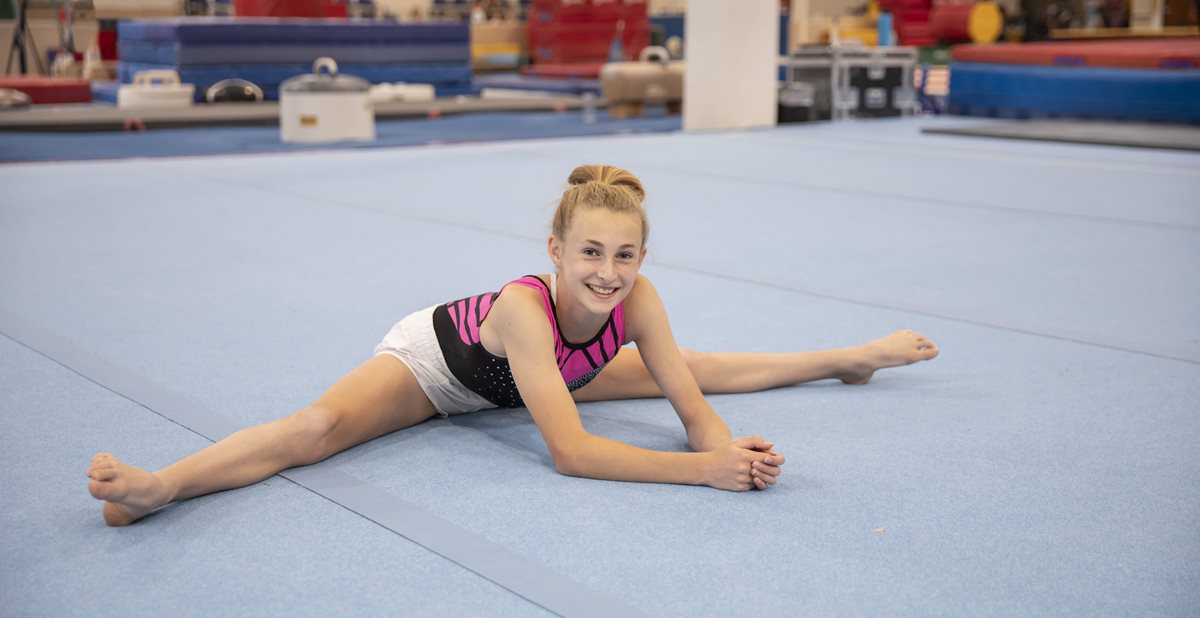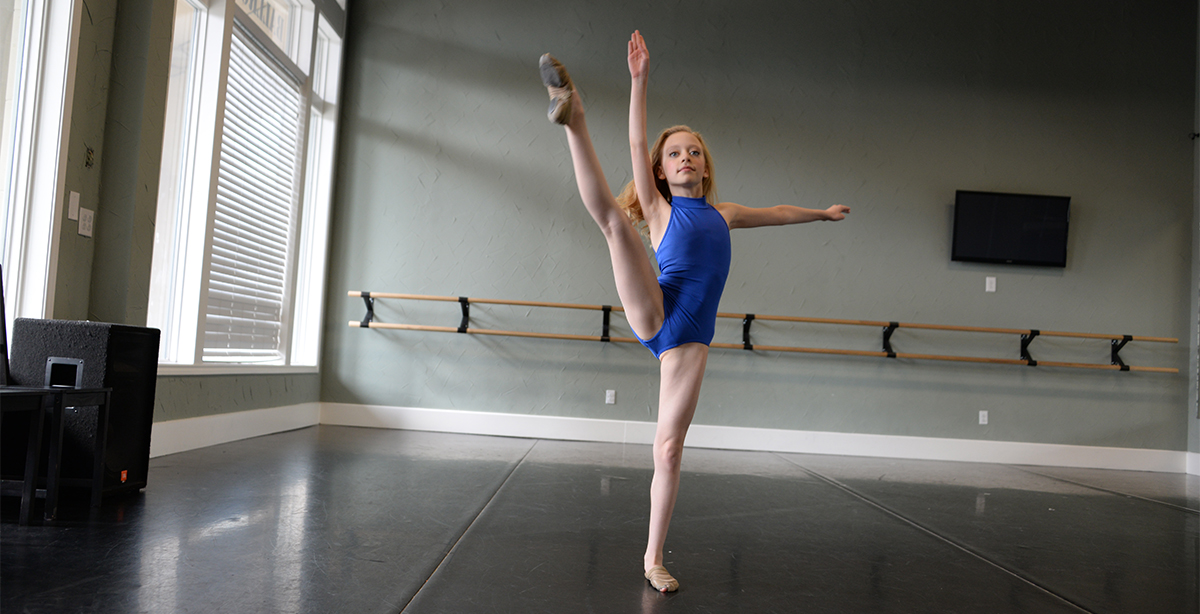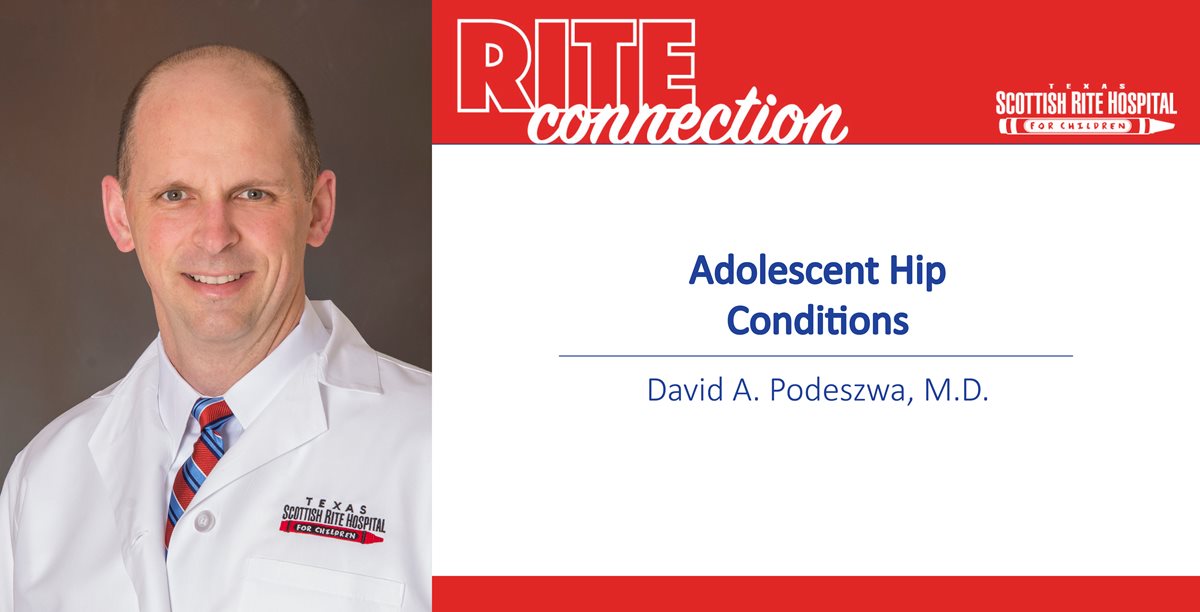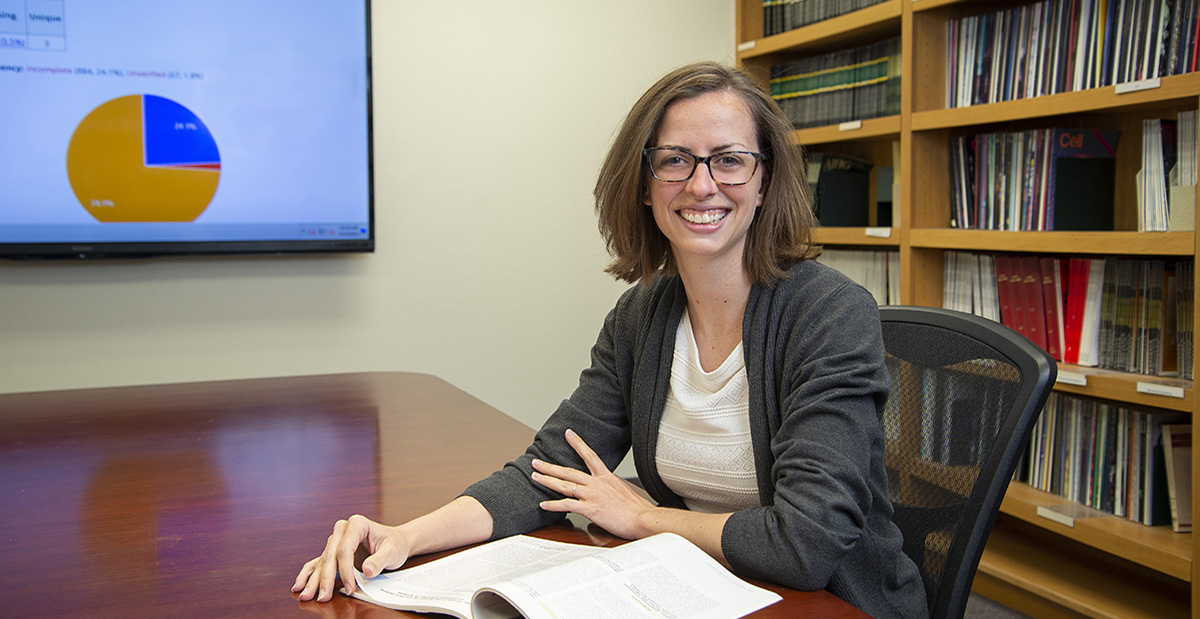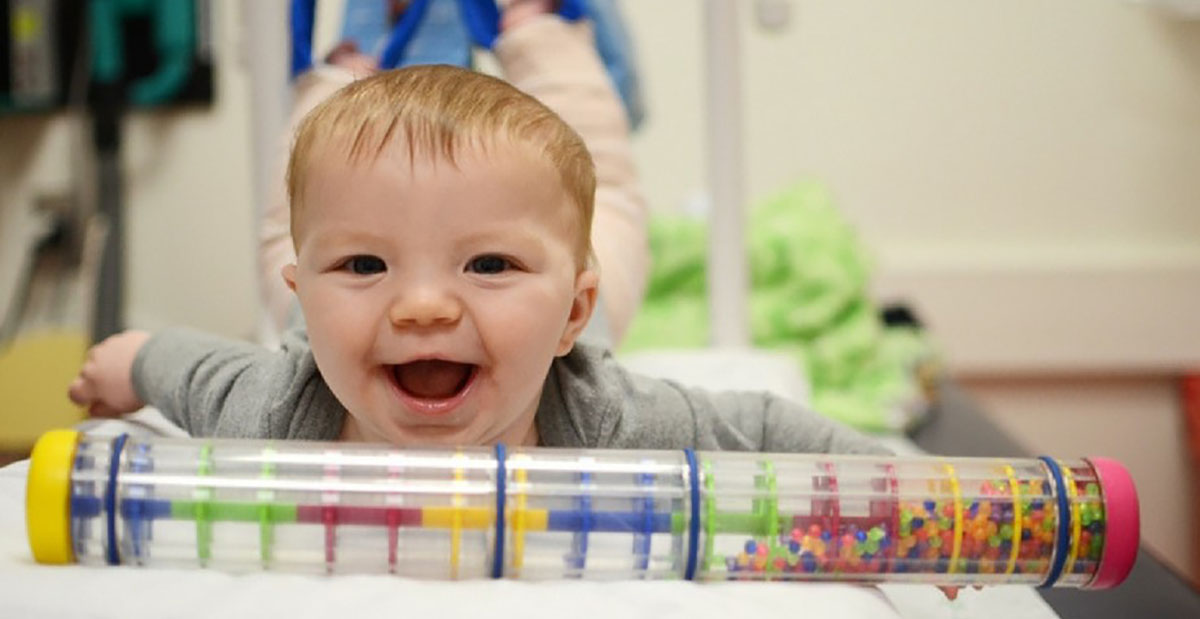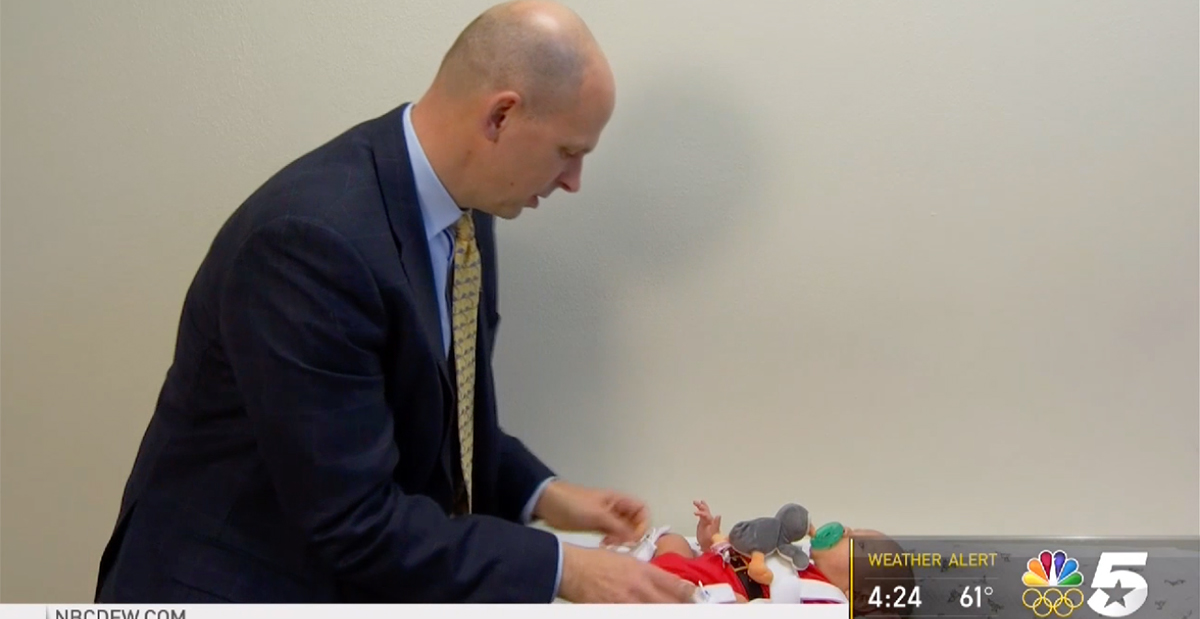Also commonly referred to as hip impingement, femoroacetabular impingement is a painful condition that occurs in the hips of adolescents and young adults. Two bones fit together to make up this “ball and socket” joint including the head of the femur (ball), which is...
